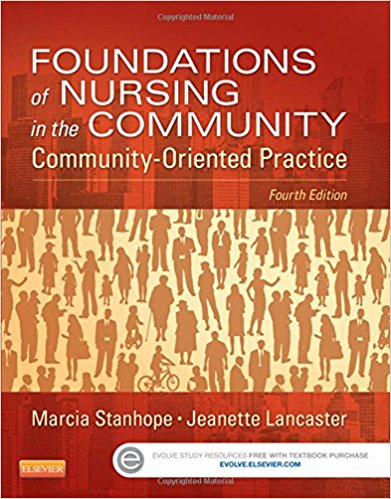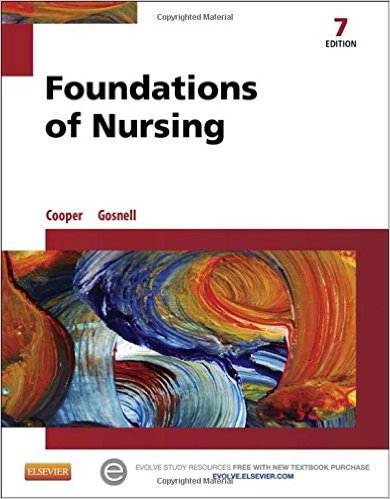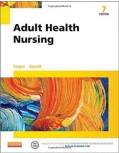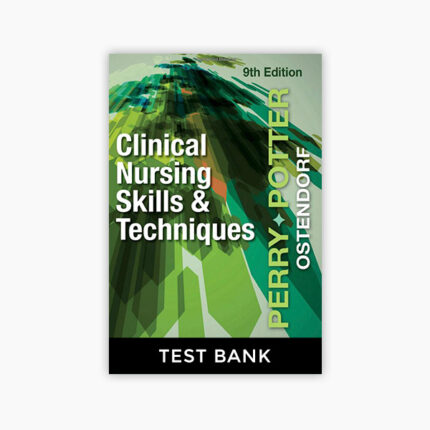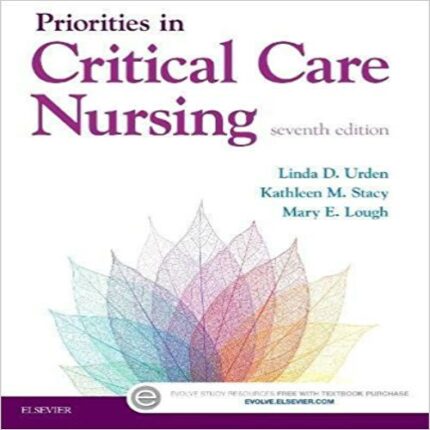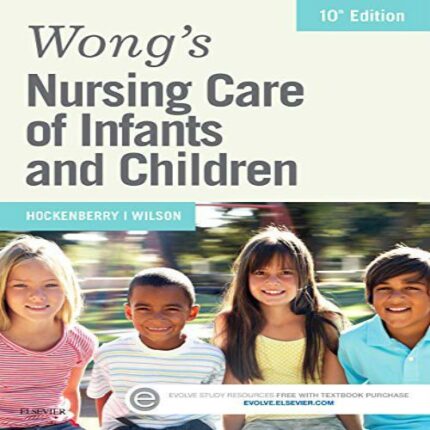Test Bank For Foundations of Nursing in the Community 4th Edition By Marcia Stanhope
Chapter 01: Community-Oriented Nursing and Community-Based Nursing
Test Bank
MULTIPLE CHOICE
- Which of the following best describes community-based nursing?
| a. | A philosophy that guides family-centered illness care |
| b. | Providing care with a focus on the group’s needs |
| c. | Giving care with a focus on the aggregate’s needs |
| d. | A value system in which all clients receive optimal care |
ANS: A
By definition, community-based nursing is nursing that focuses on family-centered illness care to individuals and families in the community.
DIF: Cognitive Level: Understand (Comprehension) REF: p. 2-3
- Which of the following best describes community-oriented nursing?
| a. | Focusing on the provision of care to individuals and families |
| b. | Providing care to manage acute or chronic conditions |
| c. | Giving direct care to ill individuals within their family setting |
| d. | Having the goal of health promotion and disease prevention |
ANS: D
By definition, community-oriented nursing has the goal of preserving, protecting, or maintaining health to promote the quality of life. All nurses may focus on individuals and families, give direct care to ill persons within their family setting, and help manage acute or chronic conditions.
DIF: Cognitive Level: Understand (Comprehension) REF: pp. 2, 10
- Which of the following is the primary focus of public health nursing?
| a. | Families and groups |
| b. | Illness-oriented care |
| c. | Individuals within the family unit |
| d. | Promotion of quality of life |
ANS: D
The key difference between community-based and community-oriented nursing is that community-based nurses deal primarily with illness-oriented care, whereas community-oriented nurses—or public health nurses—provide health care to promote quality of life.
DIF: Cognitive Level: Understand (Comprehension) REF: p. 2
- Which of the following is responsible for the dramatic increase in life expectancy during the twentieth century?
| a. | Technology increases in the field of medical laboratory research |
| b. | Advances in surgical techniques and procedures |
| c. | Sanitation and other public health activities |
| d. | Use of antibiotics to fight infections |
ANS: C
Improvement in control of infectious diseases through immunizations, sanitation, and other public health activities led to the increase in life expectancy from less than 50 years in 1900 to more than 77 years in 2002.
DIF: Cognitive Level: Remember (Knowledge) REF: p. 2
- A nurse is developing a plan to decrease the number of premature deaths in the community. Which of the following interventions would most likely be implemented by the nurse?
| a. | Increase the community’s knowledge about hospice care. |
| b. | Promote healthy lifestyle behavior choices among the community members. |
| c. | Encourage employers to have wellness centers at each industrial site. |
| d. | Ensure timely and effective medical intervention and treatment for community members. |
ANS: B
Public health approaches could help prevent about 70% of early deaths by influencing the way people eat, drink, drive, engage in exercise, and treat the environment.
DIF: Cognitive Level: Apply (Application) REF: p. 2

